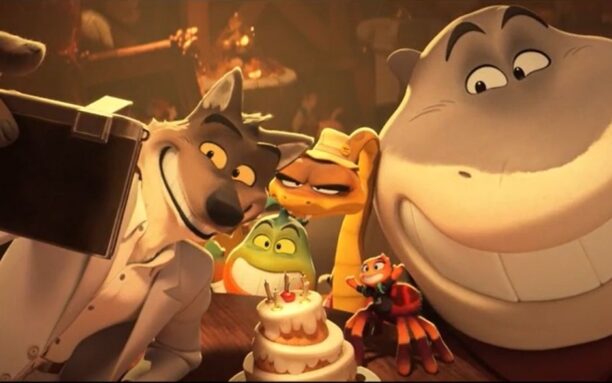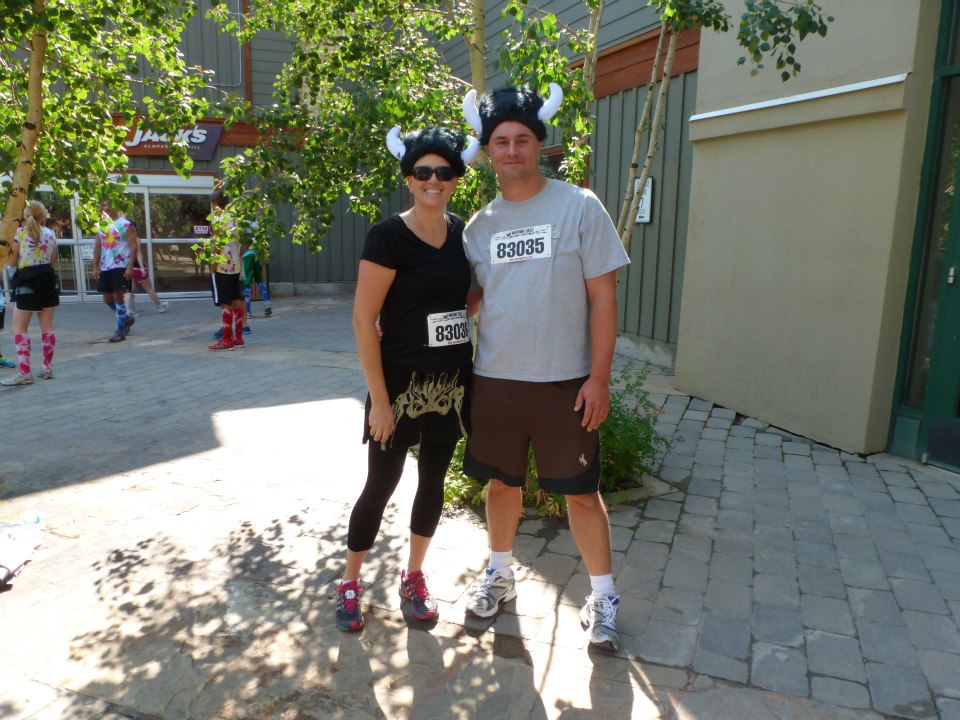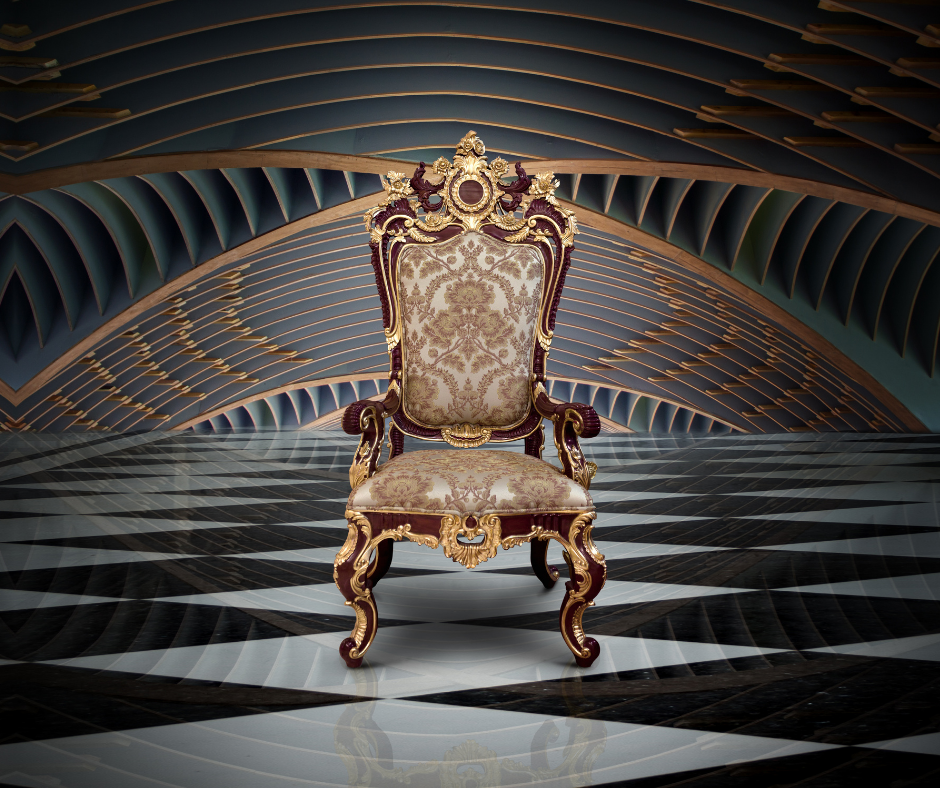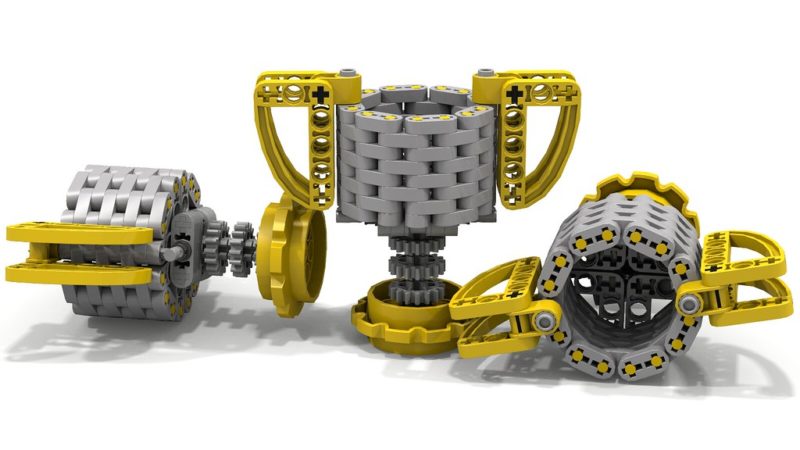The studio that taught us how to train dragons, peel back the layers of ogres, and expose executive infants has done it again. DreamWorks has now set its sites on the Bad Guys. So, could we learn a leadership lesson from Bad Guys?
Like many DreamWorks classics, the Bad Guys provided entertainment value for the young and the young-at-heart. It didn’t disappoint. The fast action and steady stream of silliness kept all of us engaged.
A Lesson From the Bad Guys
I won’t spoil the entire plot, but the movie introduces a lesson we could all learn:
The Bad Guys aren’t always what they seem.

Seemingly model citizens might have evil intentions.
Honorable leaders, at times, might have a dark past.
Scandalous villains might have a tenderness that we wouldn’t expect.
Stories We Tell
Most leaders won’t spend most of their workweeks in high-speed chases or securing priceless treasures. However, many encounter villains regularly. Sadly, these evil nemeses are often our creations.
The authors of the New York Times bestseller “Crucial Conversations” discuss the danger of stories we tell. They explain that we often tell ourselves stories about those we engage in conflict with. We tell ourselves one of three stories:
- Victim stories allow us to pretend we are not part of the problem. This story enables us to direct all blame at others in our conflicts.
- Helpless stories are similar to victim stories. These stories justify the poor decisions we make in a conflict. We had to respond the way we did; there was no other option.
- Villain stories exaggerate the “evil” in others. Telling ourselves villain stories justifies our use of “vigilante justice” against others.
The Good, the Bad, and The Ugly
When in conflict, it’s easy to see ourselves as victims or helpless in our choices. Reality is usually a bit more complicated. Yes, at times, we are blameless and encounter genuine evil intent. However, more often, it’s our storytelling that creates the most significant problems:
The Good
We assume our view is correct and we are in the right. So we tell ourselves we are the righteous heroes.
The Bad
We devalue those holding conflicting views. We see them as villains. Are we mind readers that know the evil intent behind others’ actions? Once we see them as villains, we become stuck in a cycle of finding more and more of their faults.
Humans are imperfect. When fault finding becomes a focus, it doesn’t take much effort to see others’ flaws.
The Ugly
When we see ourselves as heroes and others as villains, we often justify ugly behavior toward our adversaries.
When both parties look through these lenses, conflicts will escalate.
If this cycle is left unchecked, it will ultimately lead to destruction.
“Ignorance breeds fear. If you don’t keep that fear in check, that fear will breed hatred. If you don’t keep hatred in check, it will breed destruction.” – Daryl Davis
So how should we respond when encountering villainous adversaries?
Master Our Stories
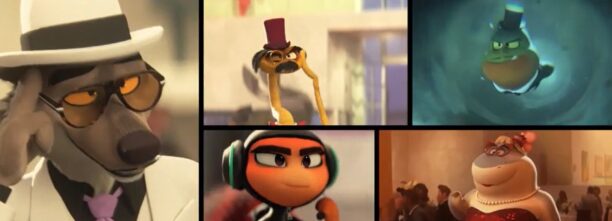
The best defense against many adversaries is first acknowledging we create the stories we tell.
We must master our stories. We must get back to the facts.
Is our assessment of others based on facts, or are we allowing our imagination to run wild?
Are we assuming we know the intent behind others’ actions?
Are we applying the same standard to ourselves that we use to find the flaws in others?
DreamWorks may not have intended to teach a leadership lesson with the Bad Guys, but it was a good reminder. The Bad Guys aren’t always what they seem.

